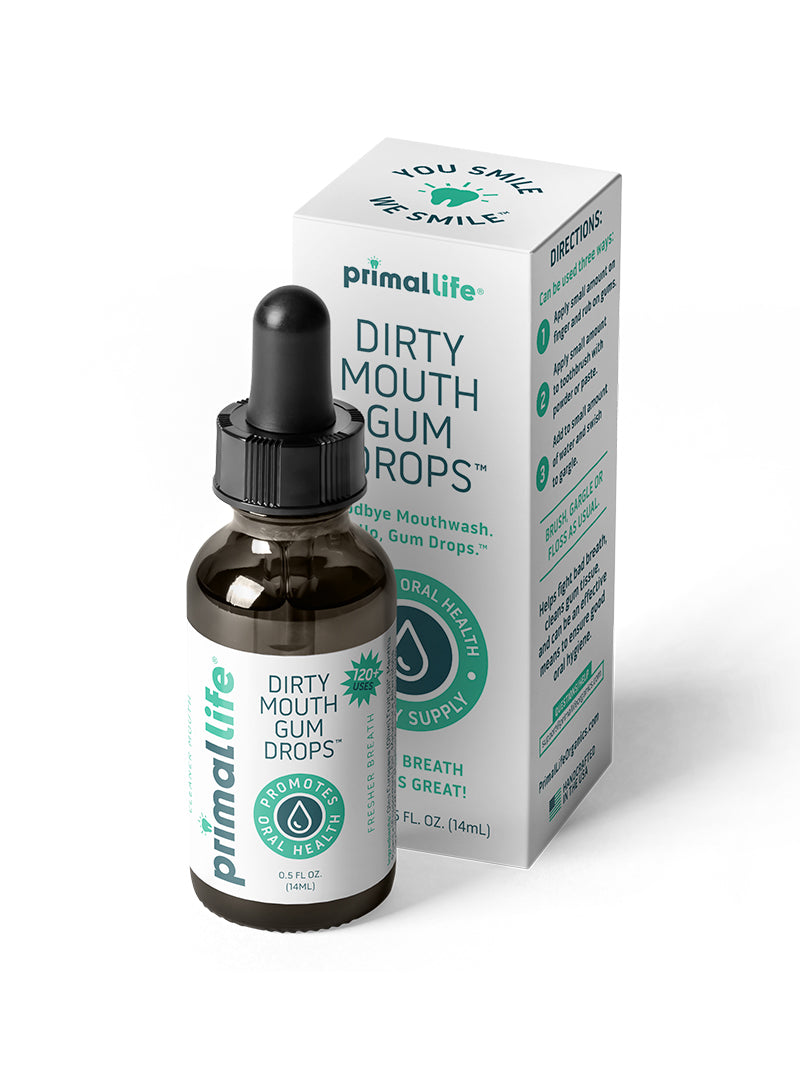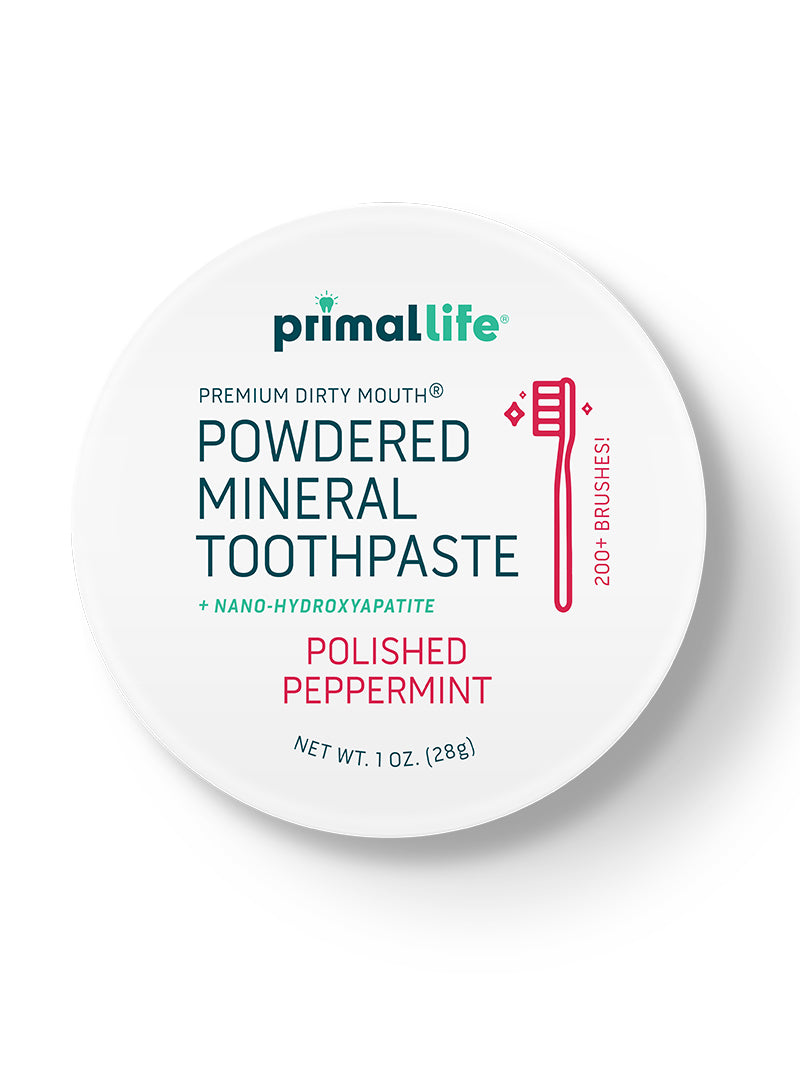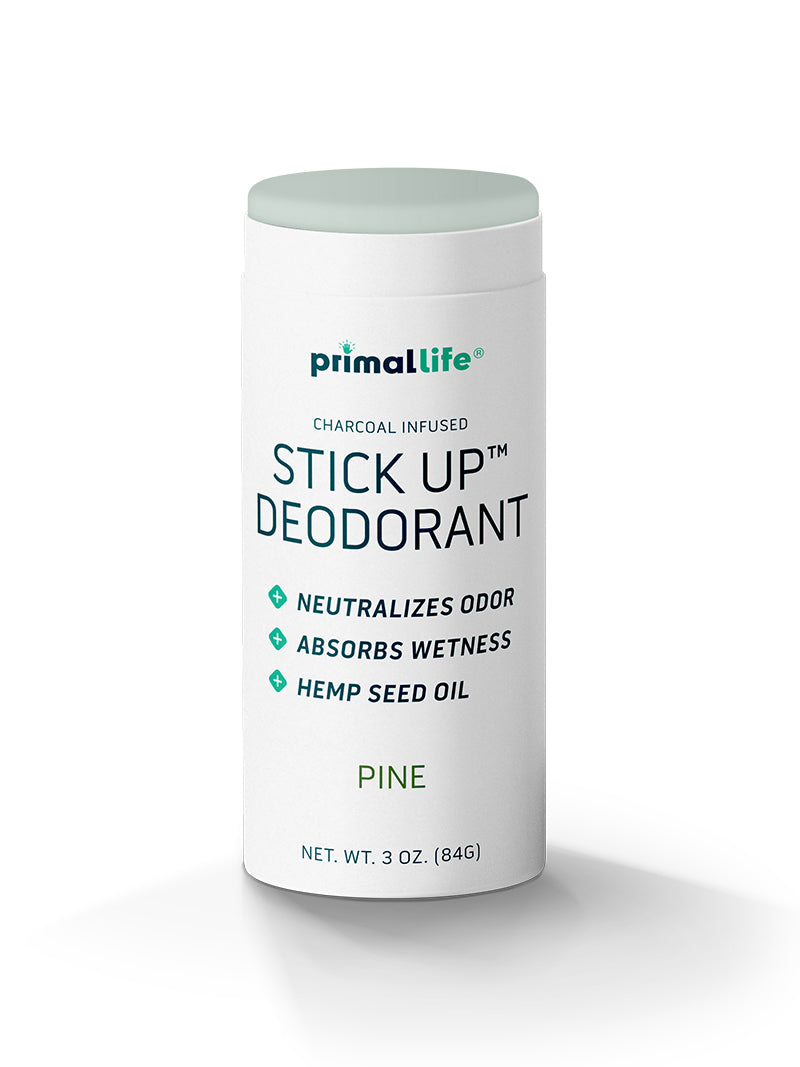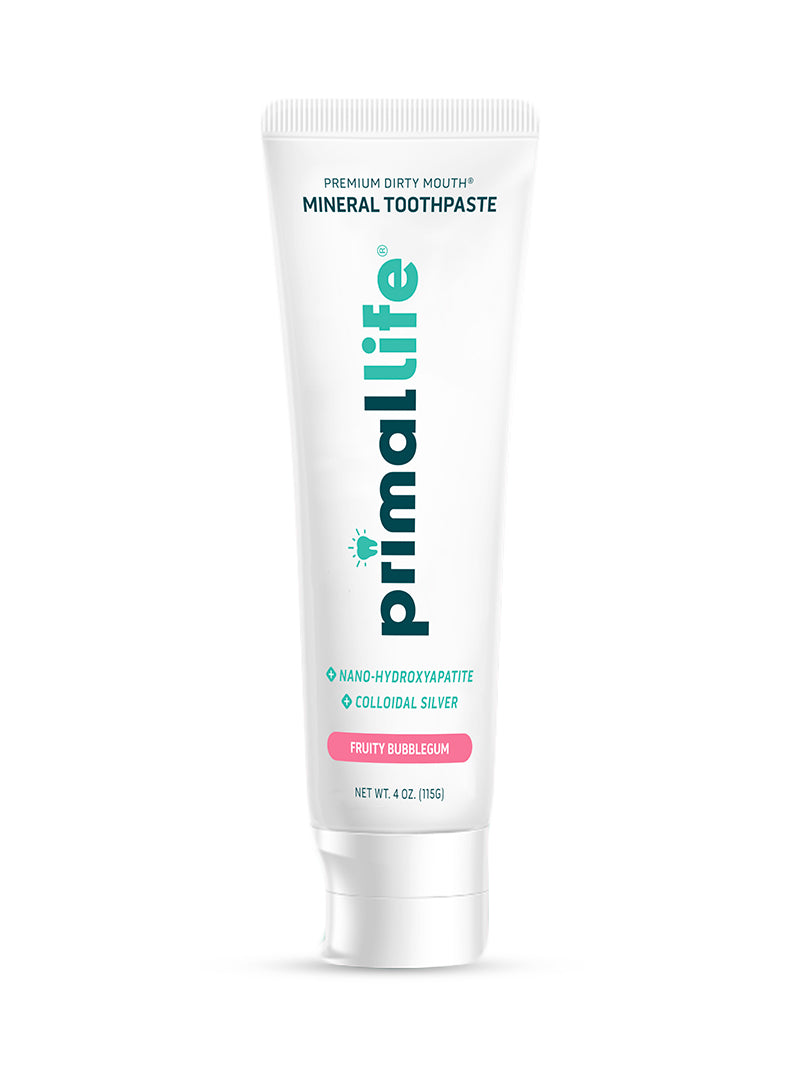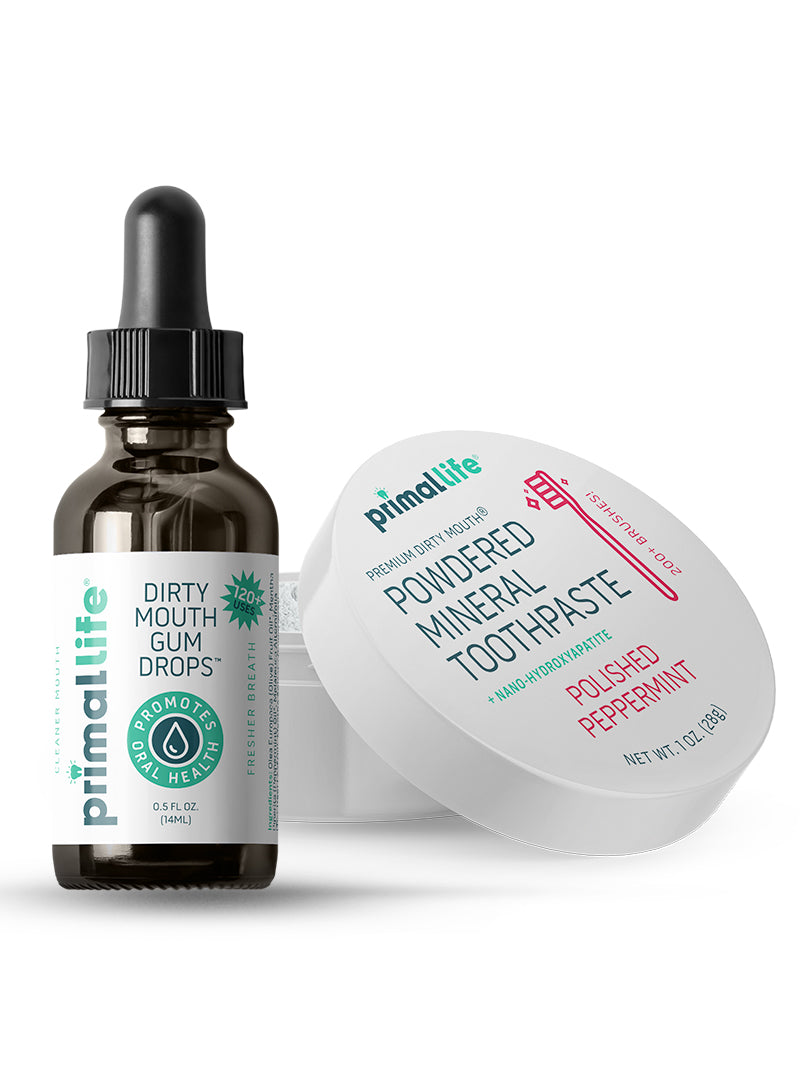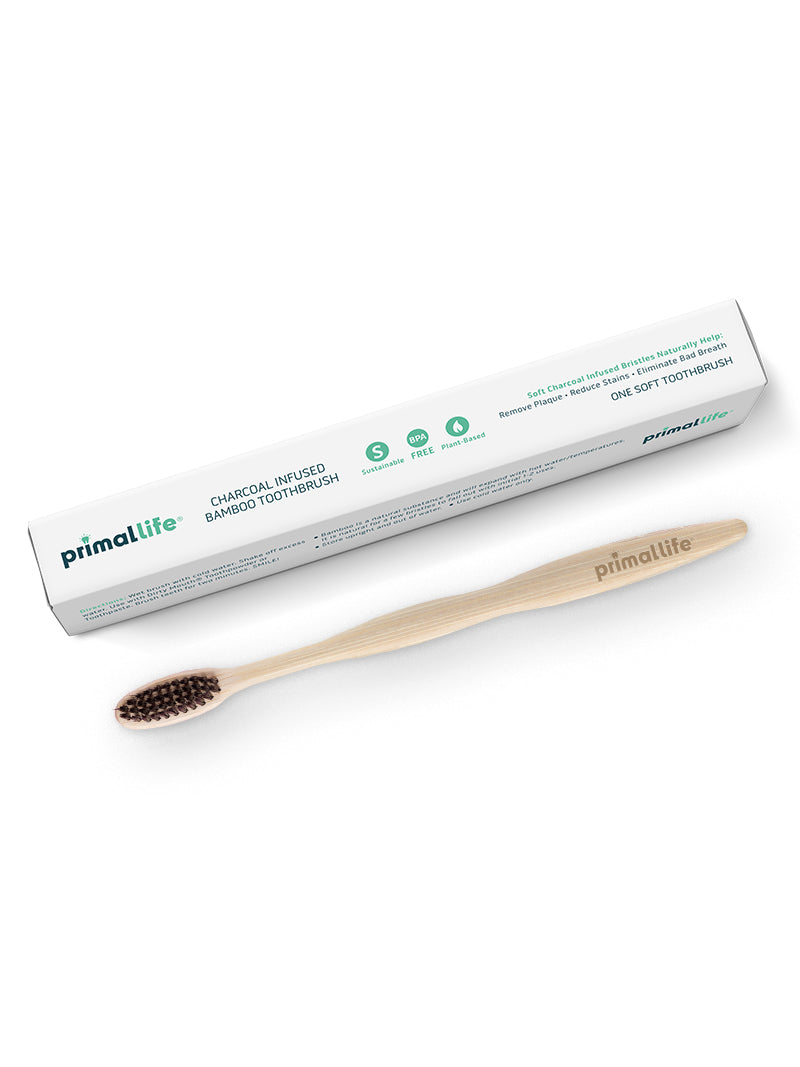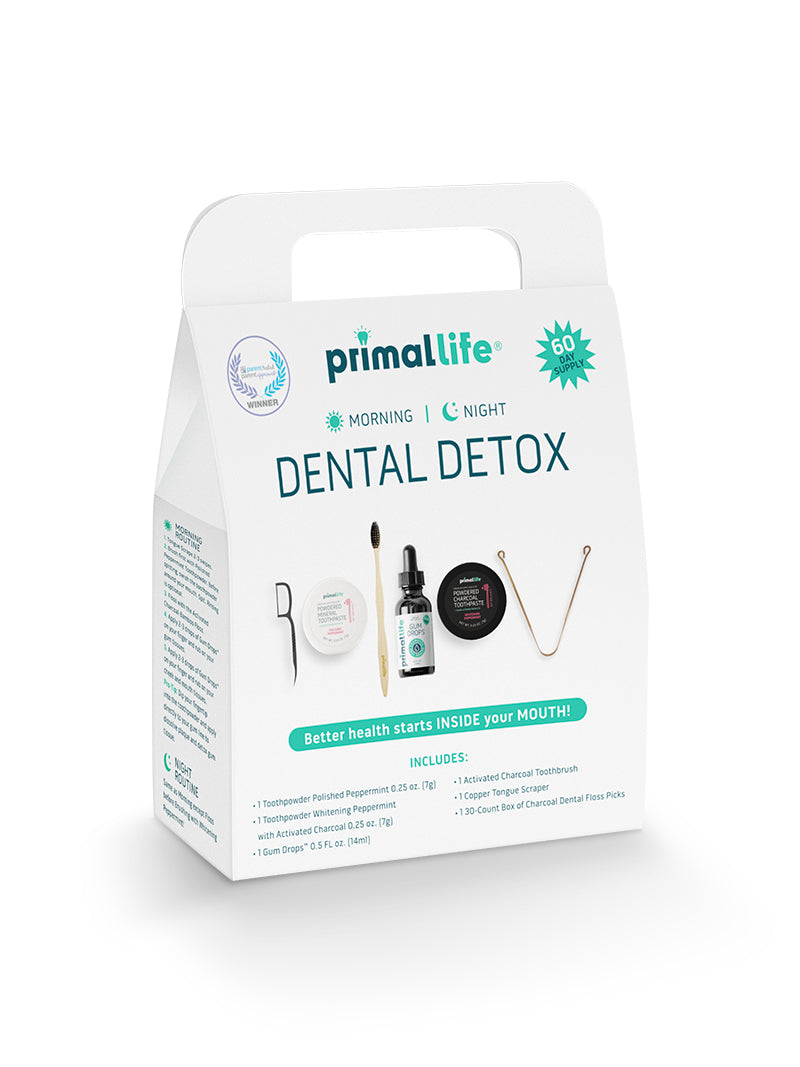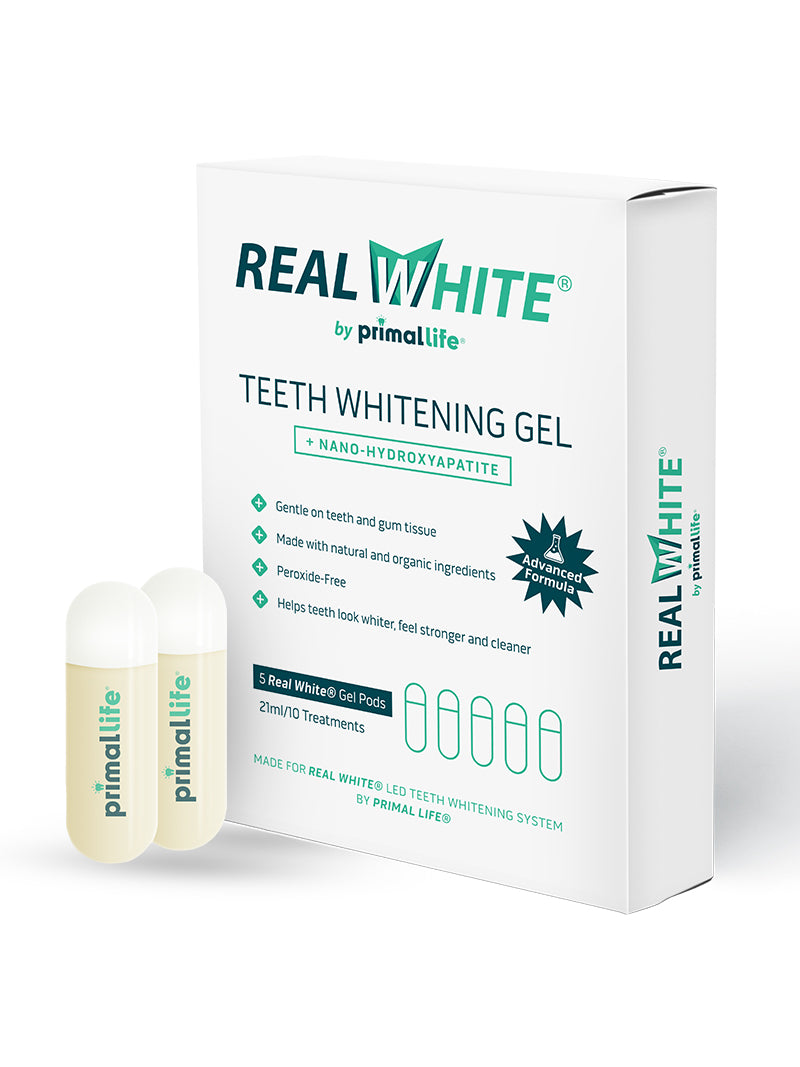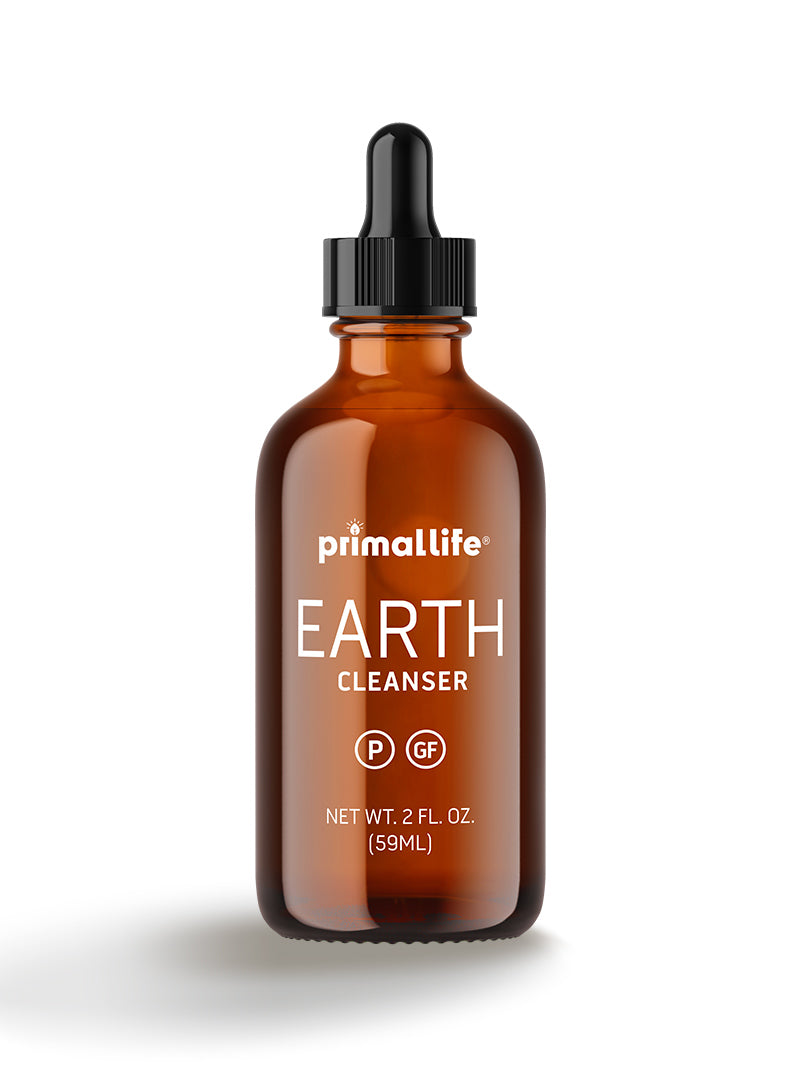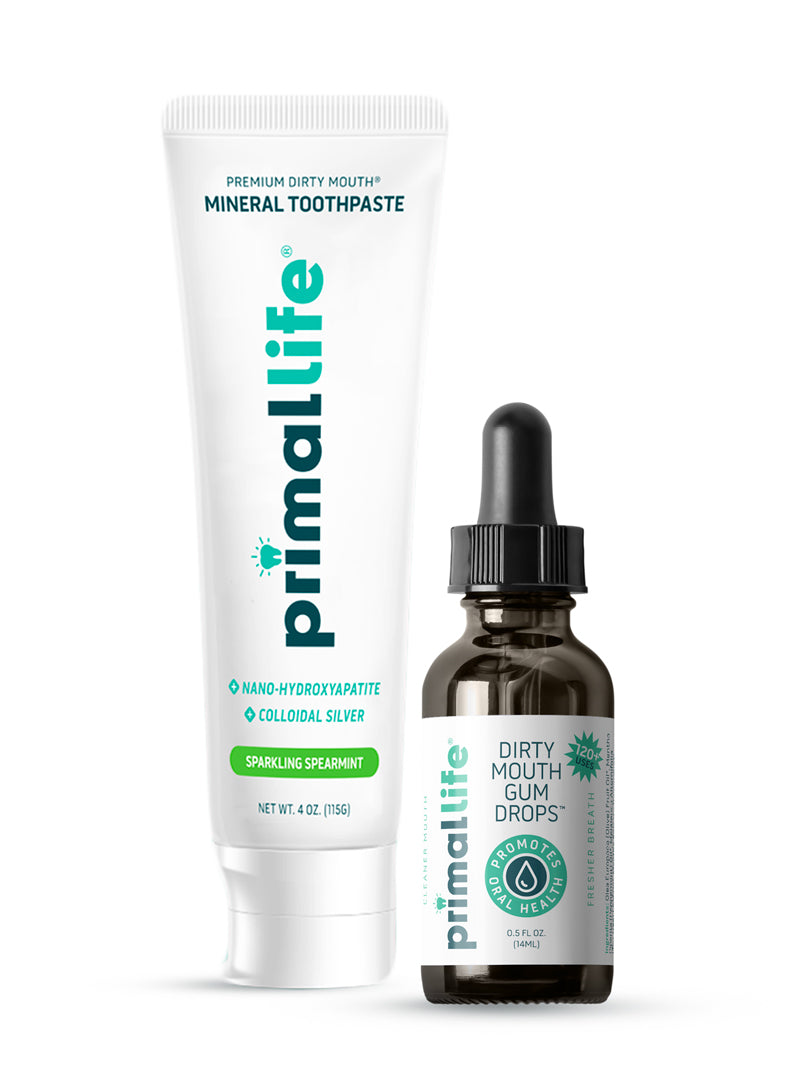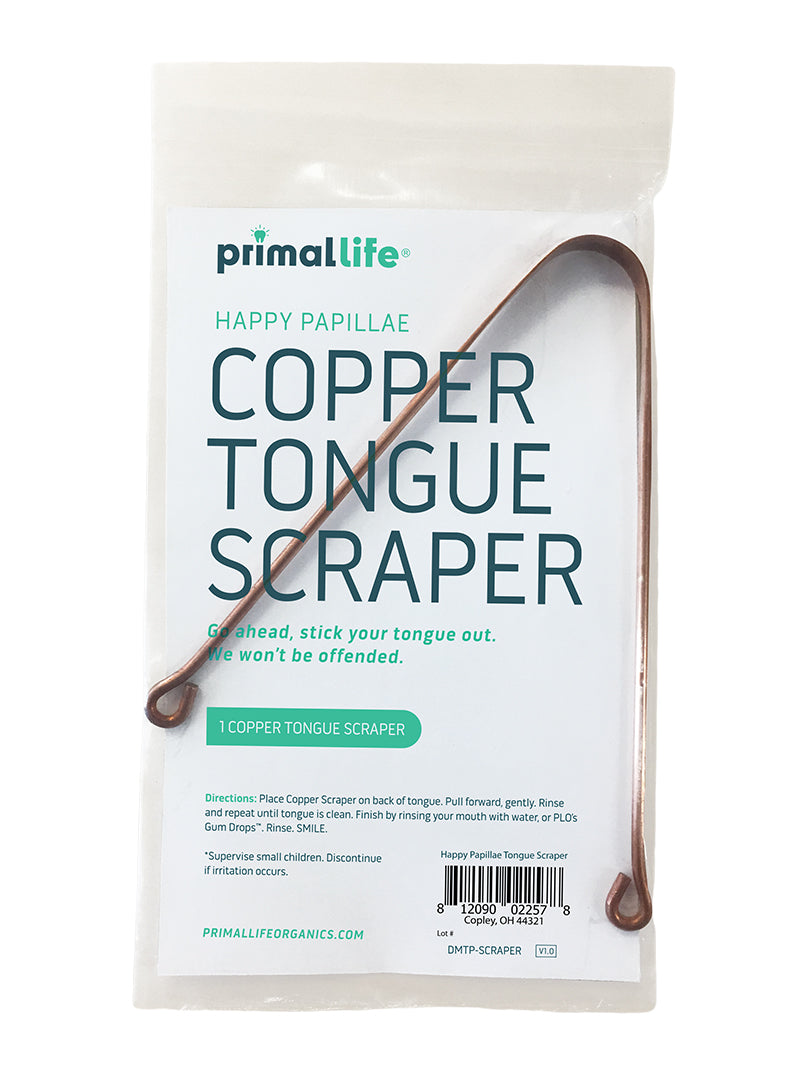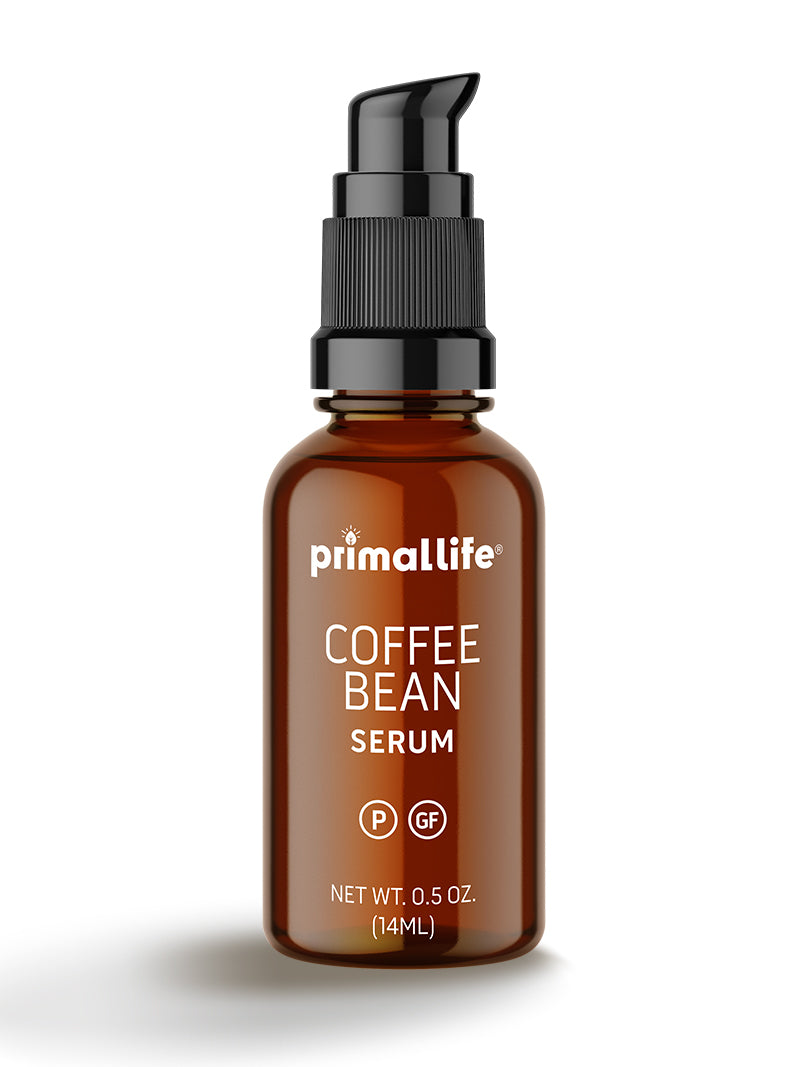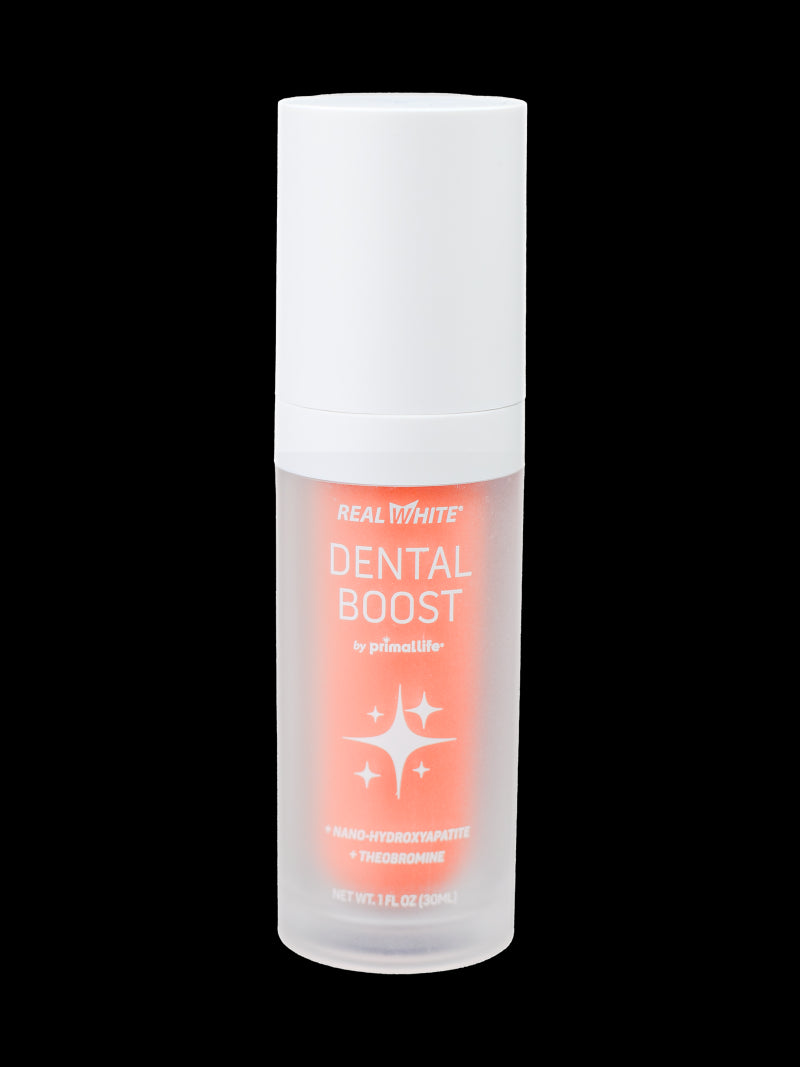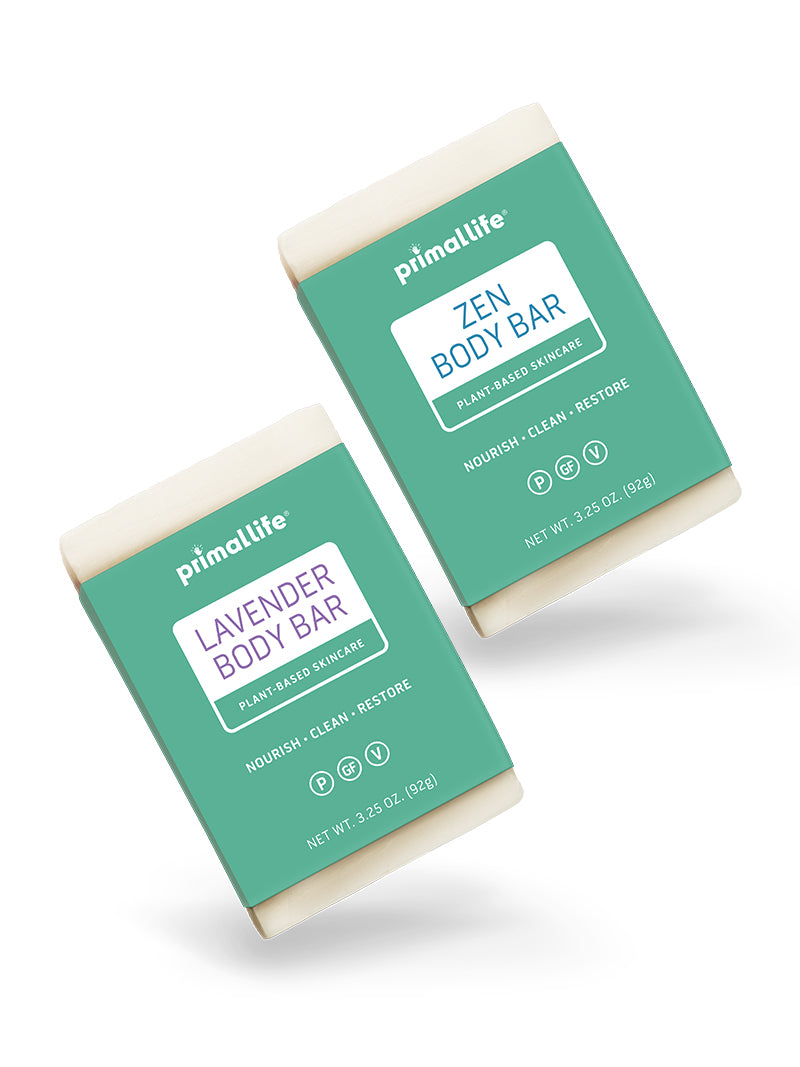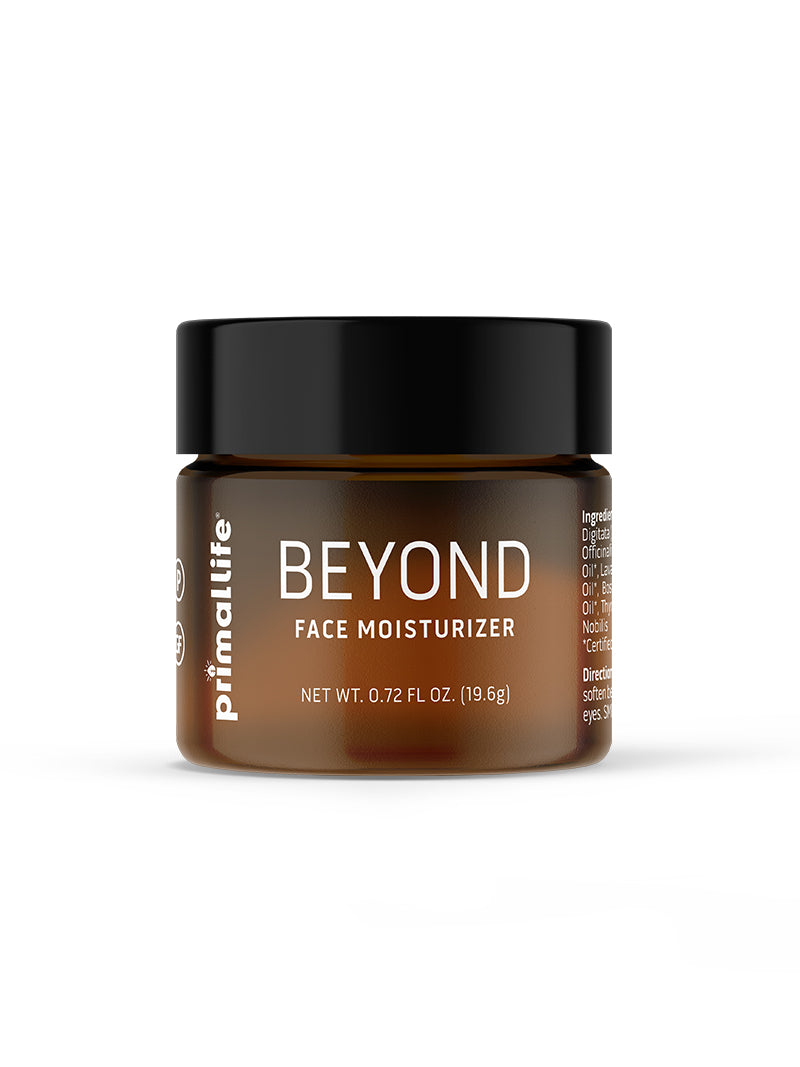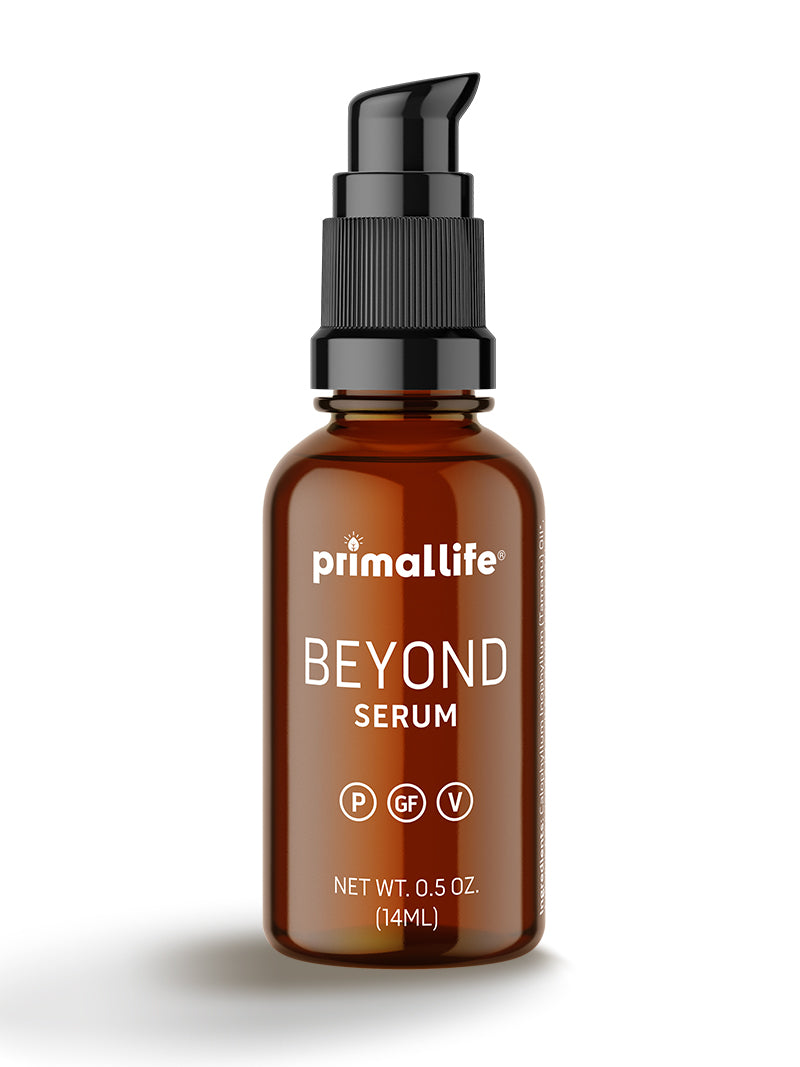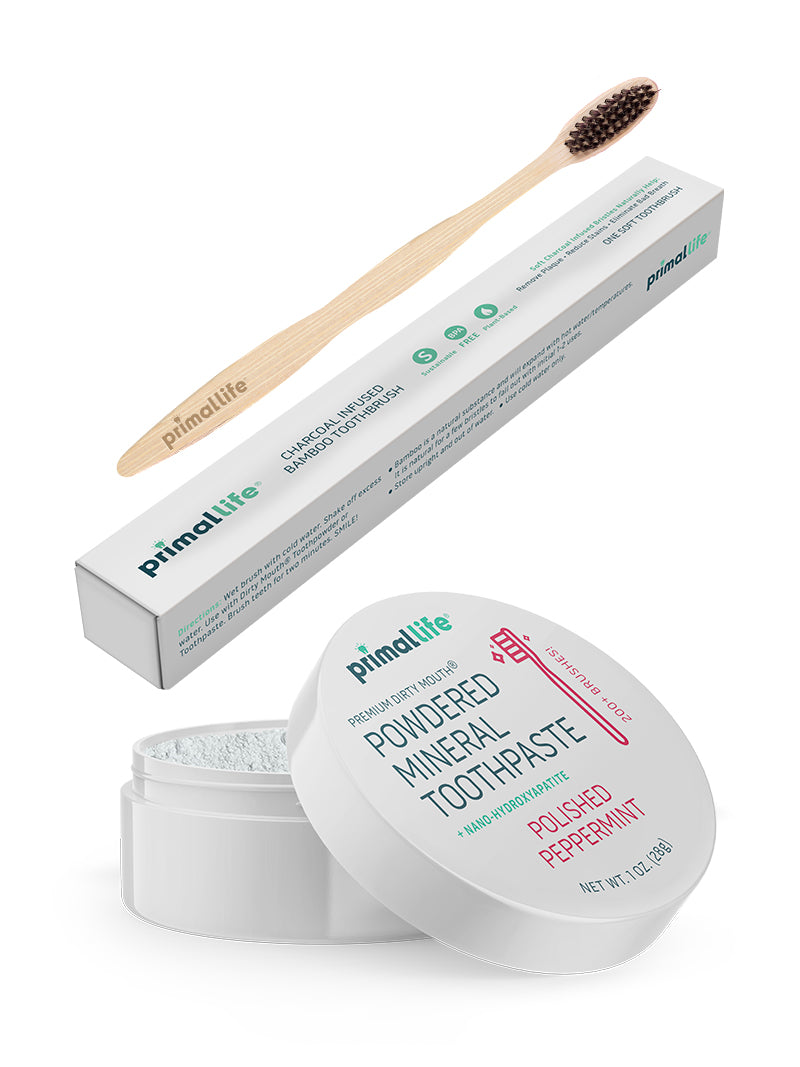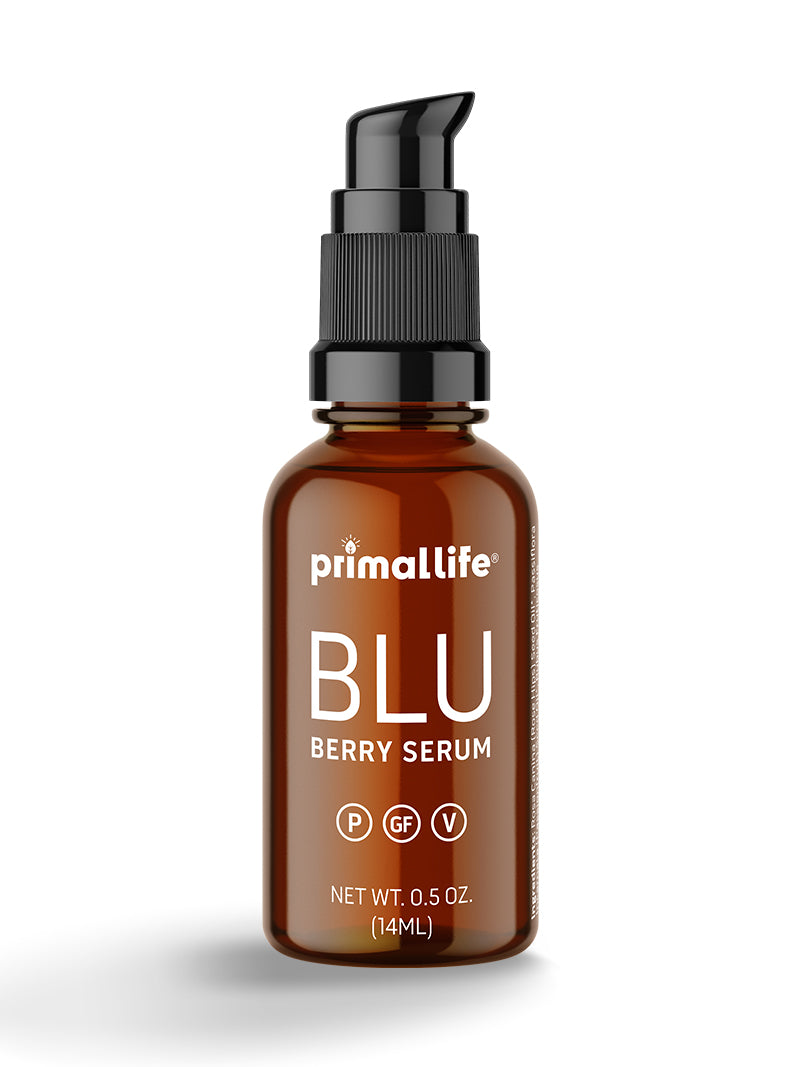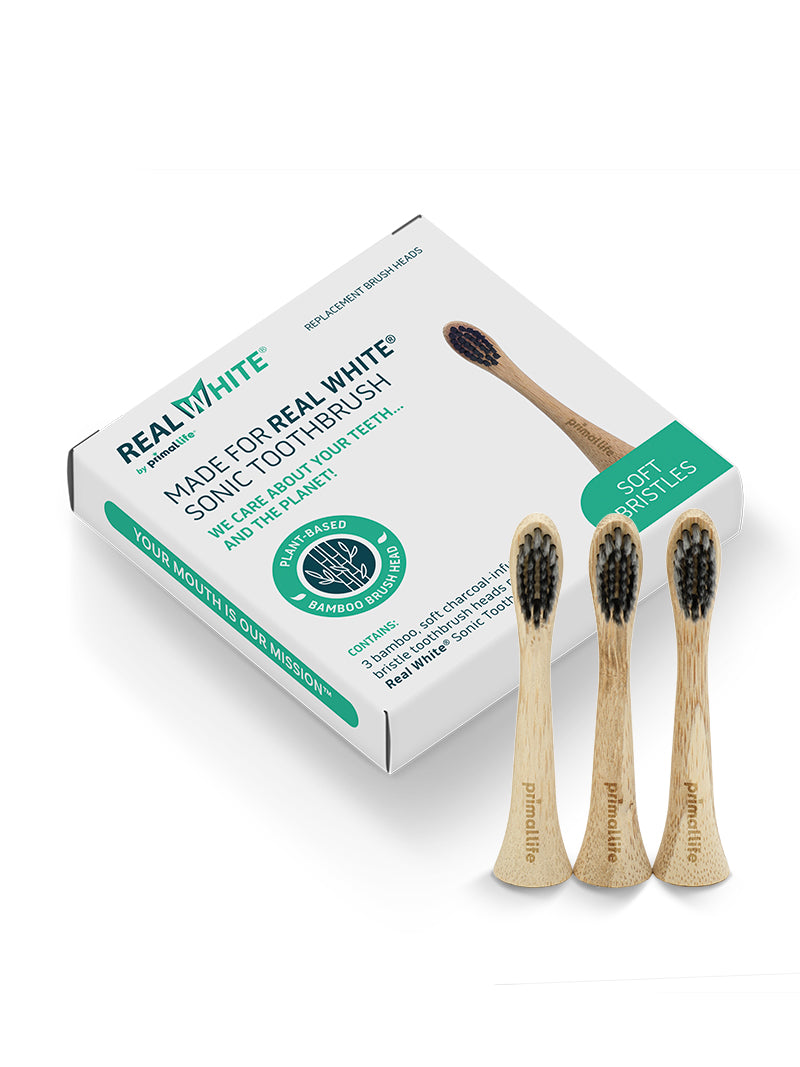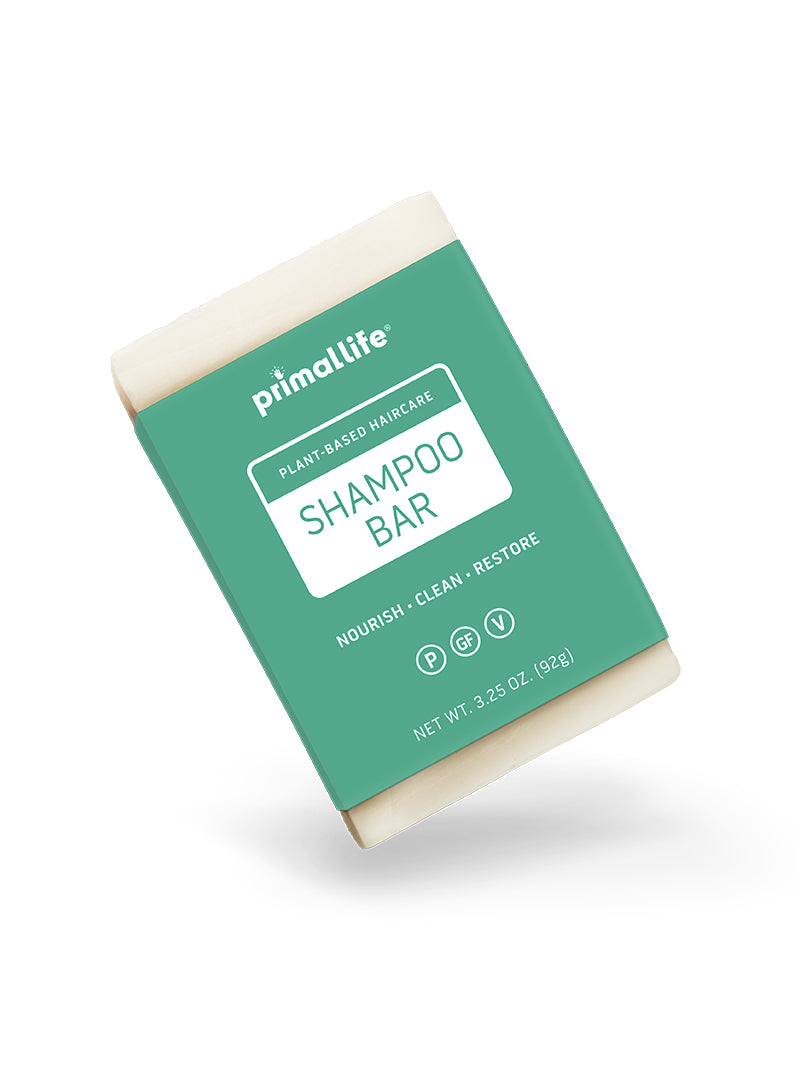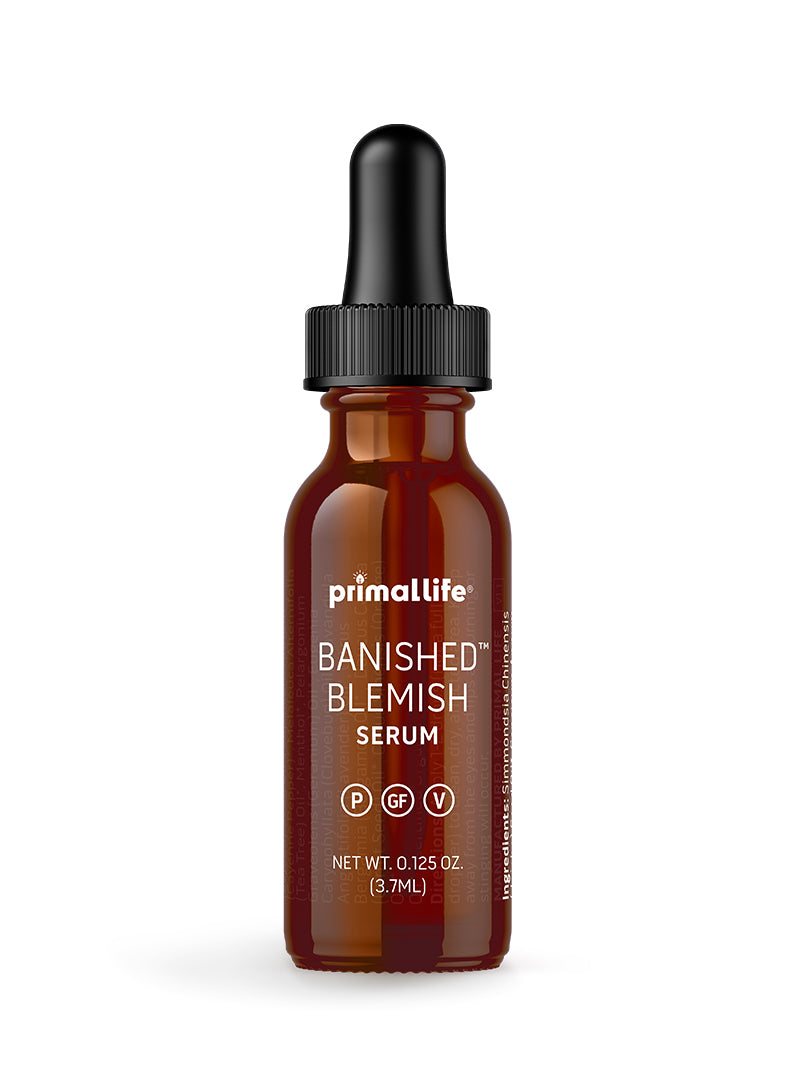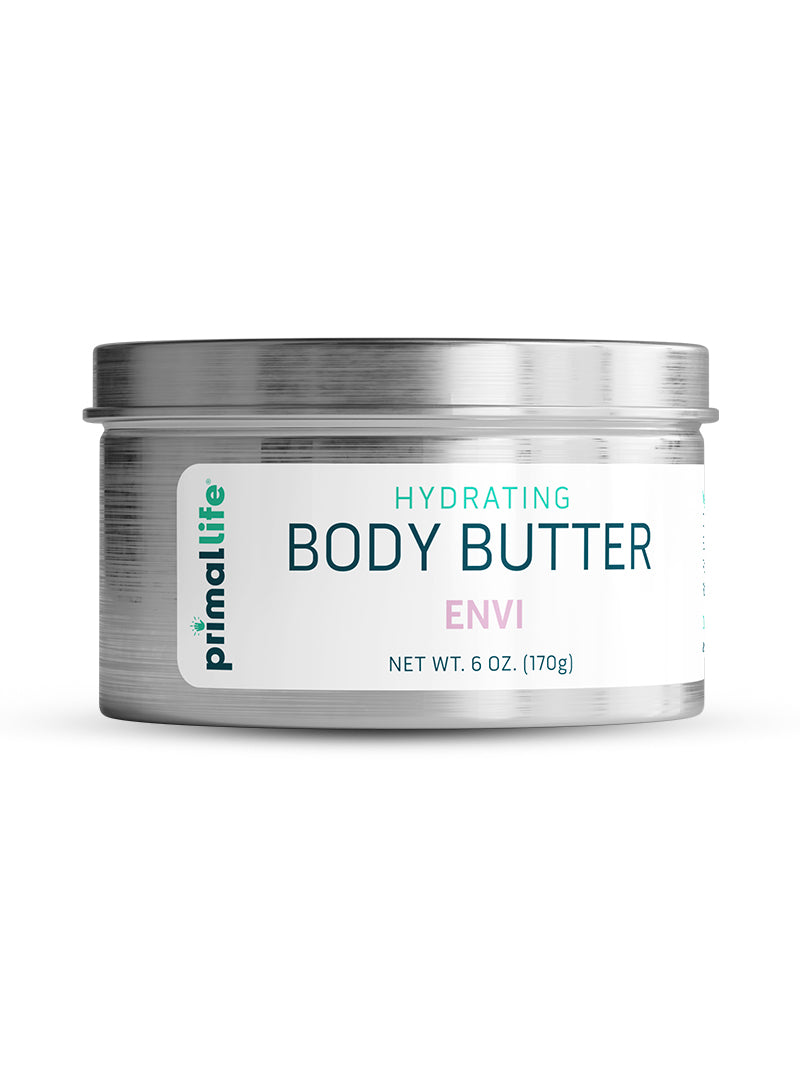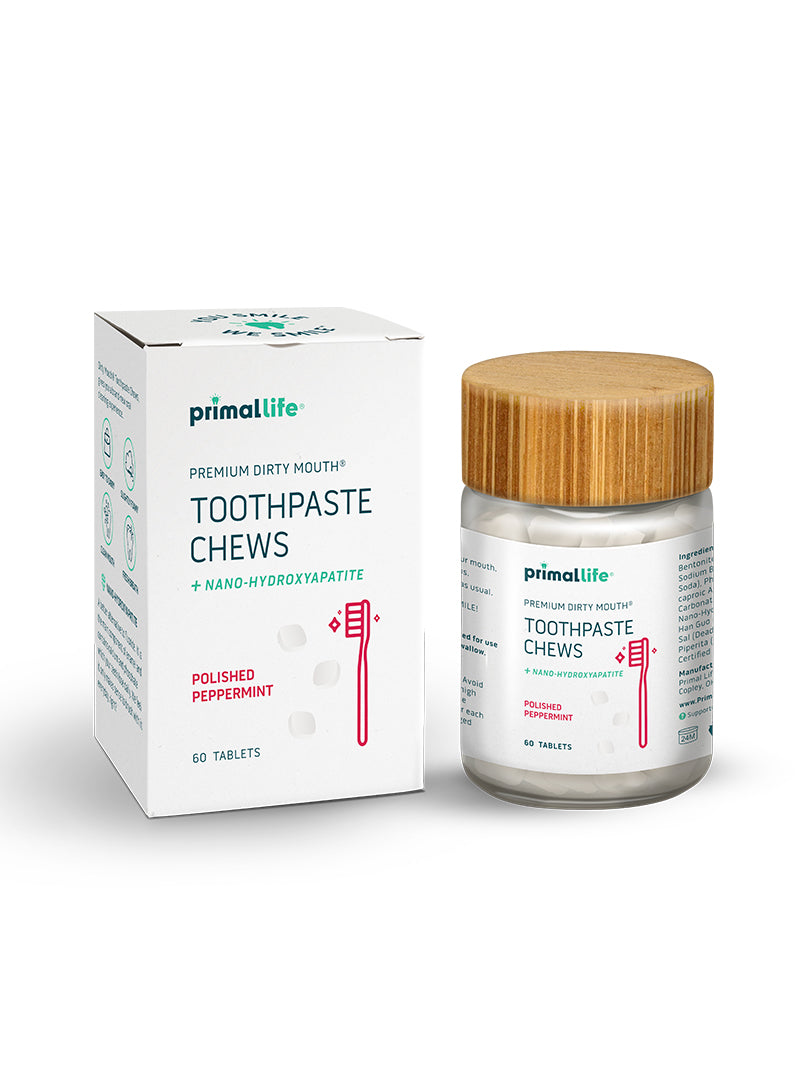Uncovering the Truth About Tap Water

It seems like it would be so normal to turn on your kitchen faucet to get a glass of water. After all, you bathe in it, brush your teeth with it, and use it to make your coffee, right?
Unfortunately, getting a glass of water from your kitchen faucet is like pouring a cocktail of chemicals. Lead, arsenic, the “forever chemicals” known as PFAS and many other substances are often found in drinking water at potentially unsafe levels.
The EWG’s Tap Water Database evaluated 50,000 water utilities in all 50 states and the District of Columbia, and found industrial or agricultural contaminants linked to cancer, brain and nervous system damage, fertility problems, hormone disruption and other health harms in tap water across the country.
THE TRUTH ABOUT TAP WATER
The Safe Drinking Water Act was passed in 1974 to give the EPA the responsibility to oversee tap water quality across the U.S. The agency set maximum contaminant levels, or MCLs – the upper limit of a pollutant legally allowed in drinking water – for more than 90 contaminants.
While this level is considered legal by the government, it is far from safe. According to the EWG (Environmental Working Group), the EPA’s Office of Groundwater and Drinking Water has added no new contaminants to its regulated list since 2000. This means “emerging” contaminants - like microplastics, prescription drugs and most pesticides - are not regulated or being monitored by the EPA.

In a 2019 peer-reviewed study, EWG researchers found that cumulative exposure to mixtures of 22 toxic chemicals commonly found in U.S. tap water could result in more than 100,000 cancer cases.
Testing 50,000 local utilities in every state, the EWG ran 32 million tests for 517 different contaminants in tap water. These are some of their findings:
- Nearly 110 million Americans are drinking water highly contaminated with PFAs.
- 66 million are drinking water contaminated with nitrate that is 10 times more than expected.
- 78 contaminants are linked to damage to the nervous system.
- 63 are contaminants linked to harm in children.
- 45 contaminants are linked to hormonal imbalances.
THE MOST DANGEROUS POLLUTANTS
A three-year investigation by the Environmental Working Group (EWG) of the country's drinking water found that water flowing to about 85 percent of the population contains 316 contaminants – over 60 percent of these have no safety standards and are not regulated by the Environmental Protection Agency.
While it would be near impossible to monitor all of the pollutants in your tap water, there is a short list of the most toxic water pollutants:
- Lead – This is the most common contaminant found in tap water caused by lead pipes and fittings. Lead affects the kidneys, bone marrow, and brain.
- Arsenic - Related to cancers of the urinary bladder, lung, and skin.
- Nitrates - Exposure has been linked to multiple cancer sites in the esophagus, stomach, bladder, and colon.
- PFAS – Per- and polyfluoroalkyl substances are associated with cancer and diminishing immunity.
- Chromium 6 - has been linked to stomach cancer, liver, kidney, circulatory and reproductive disorders.
- 1,4- Dioxane – found in varnishes, detergents, plastics, and detergents and can lead to damage to the kidney, liver, and respiratory system.
- Atrazine – Common pesticide that can cause hormonal function of your body, causing adrenal fatigue.
- Fluoride - This neurotoxin has been intentionally added by many municipal water districts and can cause neurotoxicity in adults, and negative impacts on memory and learning for both kids and adults.
THE DANGER OF PFAS - FOREVER CHEMICALS
One of the most talked about chemicals in tap water is PFAS (Perfluoroalkyl and polyfluoroalkyl substances) - known as “forever chemicals” - because once released into the environment they do not break down, and they build up in our blood and organs.
PFAS are found in countless products, including firefighting foam, cookware, cosmetics, carpet treatments and even dental floss. Due to runoff and pollution, PFAS make their way into our water systems.
Exposure to PFAS increases the risk of cancer, harms the development of the fetus, endocrine disruption, weight gain in children and adults, and weakened childhood immunity.
Biomonitoring studies by the federal Centers for Disease Control and Prevention show that the blood of nearly all Americans is contaminated with PFAS.
Despite mounting evidence of widespread contamination and health risks, the EPA has still not set an enforceable legal limit for PFAS in drinking water.
ALTERNATIVES TO TAP WATER
Now that you know the dangers of tap water, how do you protect yourself from something you use every day?
First, find out what contaminants are in your tap water. By using a database like the EWG Tap Water Database, you’ll be able to see how toxic your tap water is.
Next, decide what your water quality goals are. While getting a home water filtration system would be the safest bet, you should base your decision for next steps on:
- Your water quality goals
- Budget
- Desired level of effort
It is important to note that while considering the safety of your drinking water, you should also consider the safety of your municipal water system.
You brush your teeth with tap water and bathe with it, exposing your body’s largest organ to gallons of toxic tap water every day.
This is why our number one recommendation for making your tap water safe, is to get a water filtration system
WATER FILTRATION SYSTEMS

One of the most effective ways to make sure your tap water is safe is to add a water filtration system to your home.
With that said, choosing the type of water filtration system you get can be complicated. As some filtration systems are more thorough than others, it is best to base your decision on your water filtering goals.
CARBON
Some carbon filters only filter out chlorine, bad smell, and bad taste, while others can remove VOC organic compounds and radon. Carbon filters will not work for inorganic compounds like chromium, heavy metals, arsenic, and fluoride. If you have these, this type of filtration system is not suitable.
REVERSE OSMOSIS
Reverse osmosis filters force water through a semipermeable membrane. It blocks out any particles larger than water molecules. These membranes block out viruses, lead, nitrate, arsenic, bacteria, protozoa, among others.
It does not work on chlorine, trihalomethanes, and VOCs. However, you can get one combined with a carbon filter, which will give you good filtration.
CERAMIC
Ceramic filters feature tiny holes that allow water through while filtering all other particles. These are only effective at blocking out protozoa and bacteria but not chemicals or viruses. If embedded with silver, they prevent algae and bacteria growth.
DISTILLED
Distillation is the process of boiling water and collecting the steam, leaving all the contaminants behind. Any biological contaminants like bacteria and viruses die during the boiling process. Distillation Systems will remove common chemical contaminants, including arsenic, barium, cadmium, chromium, lead, nitrate, sodium, sulfate, and many organic chemicals.
OTHER OPTIONS TO WATER FILTRATION
CARAFE OR POUR THROUGH FILTERS
Carafes are inexpensive and easy to use. However, the filters have a short lifetime, varying degrees of effectiveness, and can only filter a limited amount of water at a time.
FAUCET MOUNTED FILTER
A faucet-mounted filter is screwed directly onto your faucet. These filters require minimal installation, but their effectiveness is variable.
COUNTER TOP FILTERS
Countertop filters are best for filtering large quantities of water without modifying plumbing. They’re less likely to clog than carafe or faucet-mounted filters, but can clutter countertops and can’t be used with all types of faucets.
BOTTLED WATER
If you’re looking strictly for safe drinking water, bottled water is an option.
Tap water is regulated by the EPA. Bottled water is regulated by the Food and Drug Administration (FDA). Though they are different governing bodies, they share plenty of the same standards. Meaning, safety levels are very loosely regulated and therefore, bottled water in many cases may not be much safer than drinking tap water.
A word of caution: bottled water in plastic bottles shreds plastic into the water - known as microplastics - and in heat, it can leach chemicals into the water it holds. Additionally, unkept and overused plastic water bottles are breeding grounds for bacteria.
The safest option for bottled water is to get it in glass bottles.

Also, choosing the type of water is important to taste and quality. While deep underground water is less vulnerable to contamination than water on the surface, it can contain high levels of contaminants or be contaminated during the bottling and/or treatment processes.
Types of water include:
- Artesian water, ground water, spring water, and well water
- Distilled water—steam from boiled water that is recondensed and bottled ( Be careful of drinking too much distilled water because it can deplete your body of necessary minerals. Make sure you add minerals into your diet.)
- Mineral water—groundwater that naturally contains dissolved solvents such as minerals, salts, and gases
- Purified or sterilized water—may originate from any source, but is supposed to be treated according to the US Pharmacopeia (USP) standards for purification and sterilization from prescription and over-the-counter medicines, dietary supplements, and other healthcare products manufactured and sold in the United States
BOILING WATER
Boiling water can kill viruses, bacteria, and parasites - however it can make contaminants more concentrated. And it does not remove pollutants like lead, arsenic, fluoride, PFAS, etc.
DETOXING FROM TAP WATER
As you can see, tap water is not only toxic on so many levels, but it is hard to filter out all of the pollutants and chemicals.
This means it is important for you to be proactive to detoxify your skin and body on a regular basis to flush out the toxins.
Using things like binders and chelators - such as activated charcoal, methylated B vitamins and algae - can help you detoxify from PFAS and heavy metals. Adding an infrared sauna can also be helpful.
An important part of protecting yourself is to also remove all products that contain the dangerous pollutants and toxins found in tap water.
A great place to start is with your self care. The average person uses 12 self care products a day - slathering products filled with dangerous chemicals all over their body’s largest organ - their skin.
Let’s start with your toothpaste - which contains fluoride (a neurotoxin), triclosan (an endocrine disruptor), parabens, SLS, propylene glycol, and so many more dangerous chemicals.

Using a clay-based toothpowder can help draw out toxins from the skin, mouth, and gut.
What about toxic tap water in skincare?
Unfortunately, most skincare brands (even natural ones) list unpurified water as one of their first ingredients. The same toxic tap water that contains heavy metals, drugs, birth control pollutants, PFAS…
Instead, using natural, botanical and essential oil skincare will ensure you won’t be adding to your toxic load.

Diet also plays an important part of detoxifying your body. Vitamin B, B-6, and C deficiencies are associated with poor tolerance of heavy metals and easier toxicity. Vitamin C has been reported to have chelating effects on iron. In one animal study, B-1 supplements were shown to decrease iron levels.
STAYING SAFE
In summary, protecting yourself from toxic tap water requires proactive steps to ensure your safety. From filtering your water to carefully choosing what products you use on your skin and body - all of it is important to keep yourself safe.
Once you decide what water filtration system you will use, a great place to start so you can clean out your personal care products is learning how to read skincare labels.
This will enable you to know what products in your bathroom you should keep and which ones you should toss.
You don’t have to be a victim to toxic tap water. Now that you know better you can do better, stay healthier, and help others avoid the dangers lurking in tap water.


